Meaning of Pre-teen
A person goes through different stages in life as he or she grows. These stages start from childhood to adulthood. For self awareness one should know the stage of life one is going through.
Activity 1
Explaining the meaning of pre-teen
Read the following conversation
Mr. Thenge: | Good morning class. |
Class: | Good morning Mr Thenge. |
Mr. Thenge: | Welcome back to school. I hope you had a good holiday. By the way, have you realised you all seem taller this year? |
Anisa: | Yes teacher. We all look different this term. |
Mr. Thenge: | This is because you are in a new grade and in a different stage of life. |
Anisa: | Oh yes, my mother told me that there are different stages of life. She said children grow into teenagers and then become adults. |
Mr. Thenge: | You also need to know that children between the ages of 9 and 12 are referred to as pre-teens or pre-adolescents. |
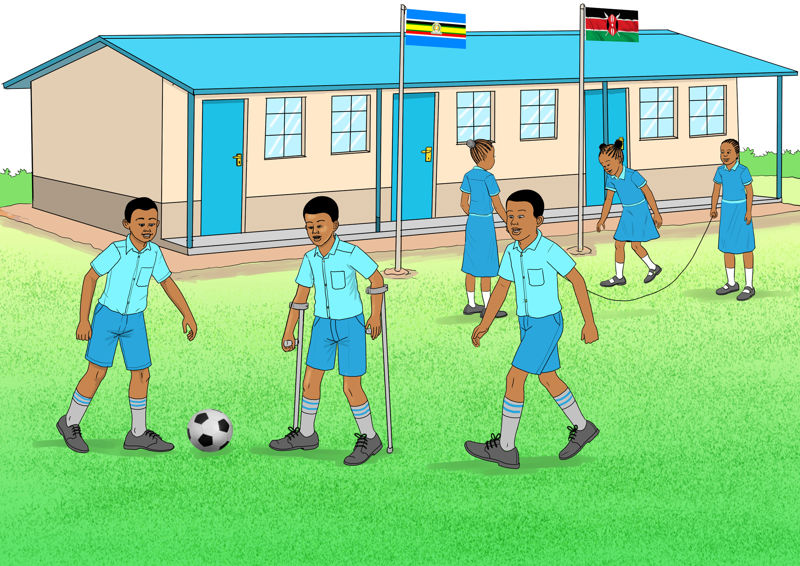
Work in groups
- Name the stages of life mentioned in the conversation.
- Talk about the meaning of pre-teen.
Explore more
- Search the internet for a video clip on the meaning of pre-teen.
- Share your findings and thoughts with the rest of the learners.
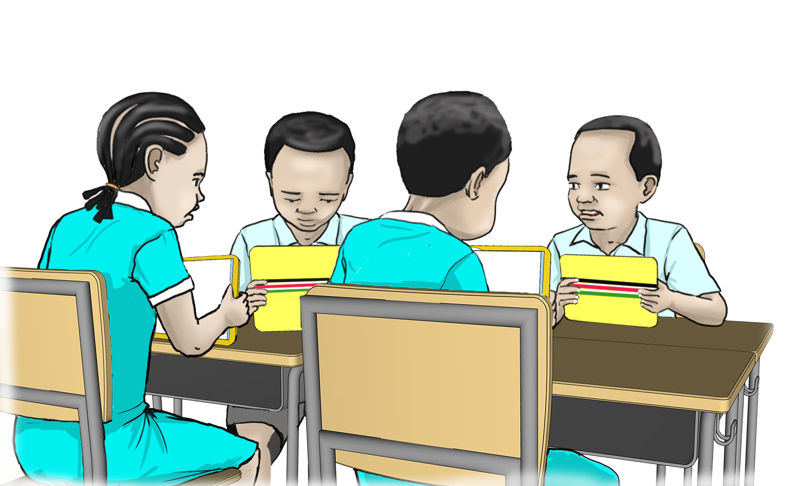
Now you know
- Pre-teen is the stage of development after childhood.
- The stage is between 9 and 12 years.
Changes that take Place During Pre-teen
Pre-teens undergo some changes as they grow. These changes come early for some and later for others.
Activity 2
Discussing the changes that take place during pre-teen
Mr Andole, the guidance and counselling teacher at Maendeleo Primary School, decided to talk to middle school learners about the changes that take place during the pre-teen stage.
He started by telling them what they should expect to go through as they approach their teenage years. He then explained to them that some of them would undergo these changes earlier than others.
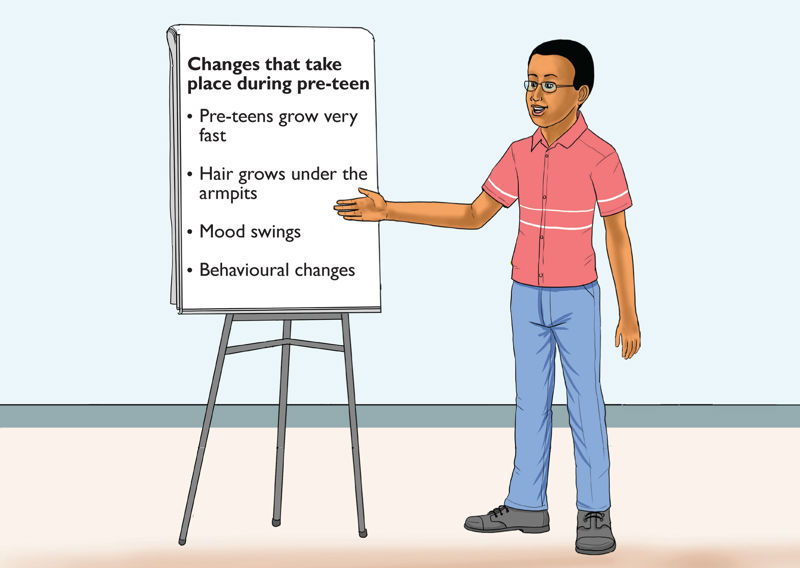
Work in groups
- Read the changes that take place during pre-teen shown in the picture.
- Talk about the changes that take place during pre-teen. Share with the rest of the learners.
Explore more
- Search the internet for more information on the changes that take place during pre-teen in boys and girls.
- Share your findings with the rest of the learners.
Now you know
The changes expected during pre-teen include an increase in weight and height for boys and girls, growth of hair under the armpits and mood swings, that is, abrupt and unexplained changes of mood. Mood swings may affect their behaviour at home and in school.
Good Grooming as a Daily Healthy Habit
Good grooming is taking care of your body. This is done by ensuring that one is always clean, tidy and well dressed. Good grooming is enhanced through taking a balanced diet, doing regular exercises and getting enough rest.
Activity 3
Discussing qualities of a well-groomed person
Grade Five learners at Star Shine Primary School had a discussion on how they can be the neatest pupils in the school. At the end of the discussion, they came up with a checklist on good grooming habits and everyone agreed to follow the checklist as a healthy habit.
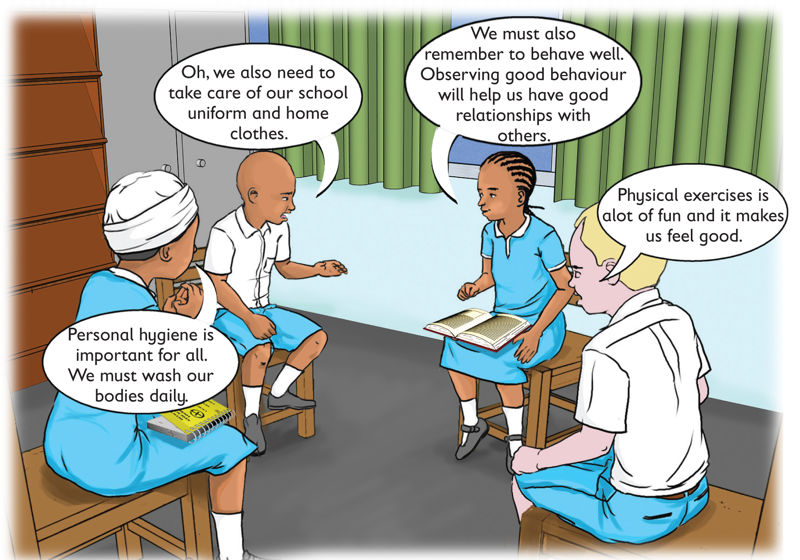
Work in groups
- Follow the discussion and make your own good grooming checklist.
- Share with the rest of the learners.
Activity 4
Discussing good grooming practises
Read the following checklist on good grooming
- Take a bath daily.
- Brush your teeth after every meal or at least twice a day.
- Wear clean, well fitting clothes.
- Excercise regularly.
Work in groups
Talk about the importance of each of the practises mentioned above.
Explore more
- Search the internet for more information on good grooming.
- Share what you have learnt with the rest of the learners.
Now you know
- A person should practice good grooming on a daily basis.
- Good grooming is achieved through observing personal hygiene, dressing well, caring for clothes and excercising regularly.
- Proper etiquette and good relationships also add to good grooming.
Study the daily log below
Tick to show how often you practice each of the healthy habits listed.
Personal hygiene observed | Dressing well | Care of clothes | Good manners maintained | Exercise | Relationships well maintained | |
Monday | ||||||
Tuesday | ||||||
Wednesday | ||||||
Thursday | ||||||
Friday |
Share with the rest of the learners about your progress towards making good grooming a daily habit.
Activity 6
Role playing good grooming
Work in groups
Prepare a short skit. One of the members may volunteer to act as the class teacher and the rest of the group members as the class. The “class teacher” will carry out inspection of his or her class on good grooming.
- Present the skit to the class.
- Talk about how well your group members observe personal hygiene.
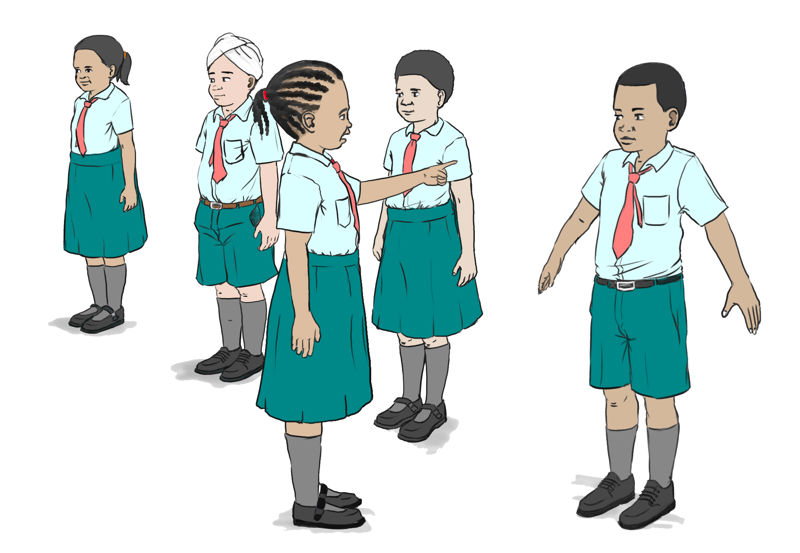
Home Activity
Help your peers at home to improve on good grooming by peer teaching on good grooming activities.
Healthy Eating Habits for a Pre-teen
Activity 7
Discussing healthy eating habits
Study the following picture
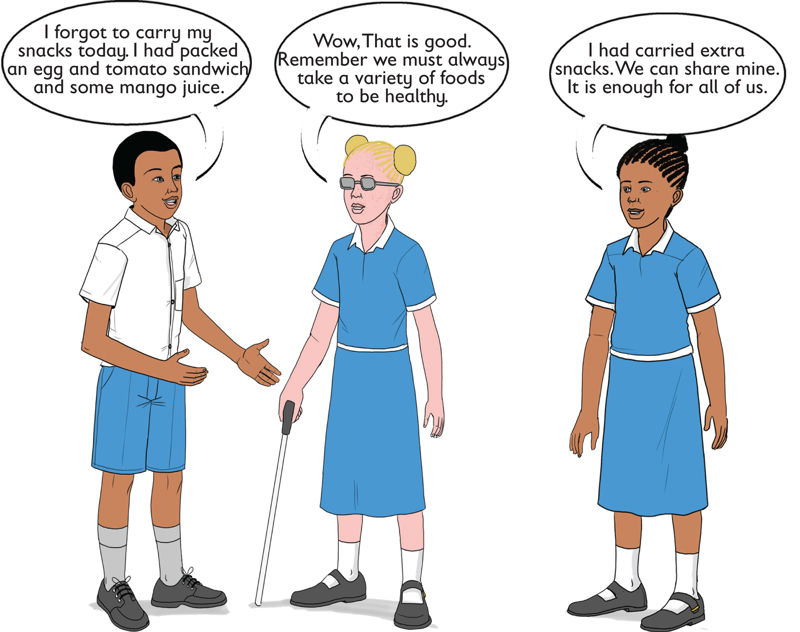
In pairs
Talk about
- Which of the foods mentioned by the learners is considered healthy?
- Which foods are considered as junk foods and should be avoided by pre-teens?
- What other healthy eating habits should pre-teens adopt?
4. Write other healthy foods for pre-teens.
Share with the other learners.
Now you know
Pre-teens should practice the following healthy habits:
- Eating healthy snacks, for example, fruits and nuts.
- Eating a variety of foods to get various nutrients.
- Eating the right amount of food to meet their daily requirements.
- Avoid soft drinks and sugary foods.
Work in groups
Talk about
- Healthy snacks for pre-teens.
- The correct food choices for pre-teens.
- Importance of eating enough as pre-teens.
Share with the rest of the learners.
Physical Exercise as a Healthy Habit
Physical exercises are important for us to be strong, control our weight and be healthy. Exercise should be done where there is fresh air and sunshine when possible.
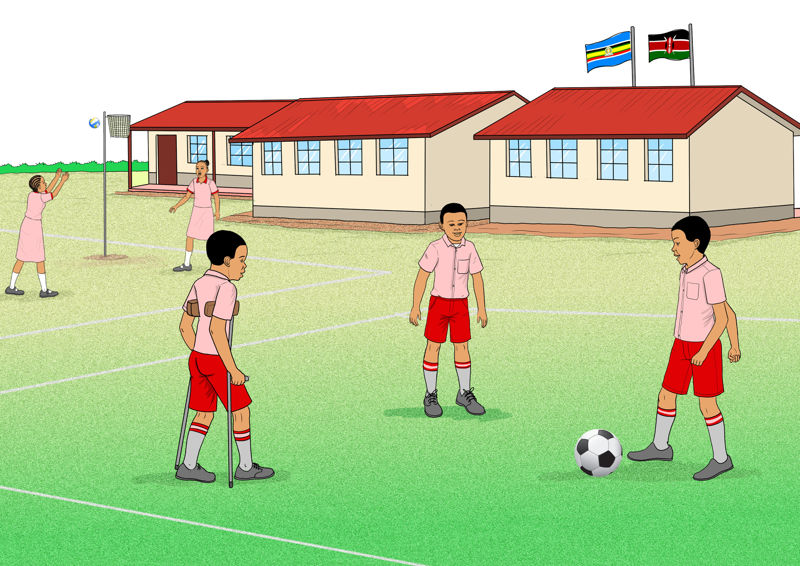
Activity 8
Doing physical exercises as a healthy habit
Your teacher will guide you on how to do some physical exercises.
Watch your teacher keenly.
Practise the physical exercises as shown by the teacher
Safety precautions to observe as pre-teens within the environment
Pre-teens are constantly faced by a number of dangers in their localities. It is important for pre-teens to always be aware of these dangers so as to take appropriate safety measures.
Activity 9
Discussing safety precautions to observe as pre-teens within the surroundings.
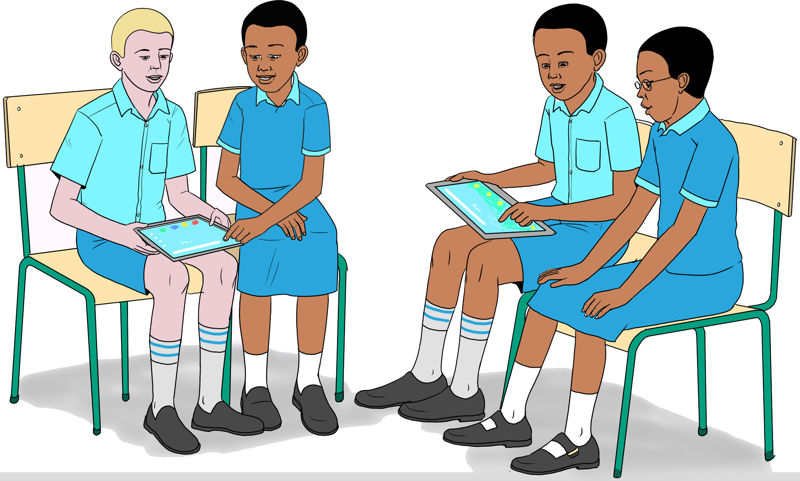
Explore more
- Search the internet for information on the safety precautions to be observed by pre-teens in their environment.
Work in groups
- Talk about the safety precautions you found.
- How can pre-teens observe safety within their environment?
Now you know
- It is not safe to talk to strangers.
- It is not safe to accept food from strangers.
- It is not safe to use shortcuts.
- It is not safe to get lifts from people you do not know.
- For safety, one should be at home before it gets dark.
- As pre-teens, we should avoid the company of bad people.
- We should always be on the look out to ensure that the environment we are playing in is safe.
Activity 10
Finding out the importance of health habits during pre-teen
Study the poster below
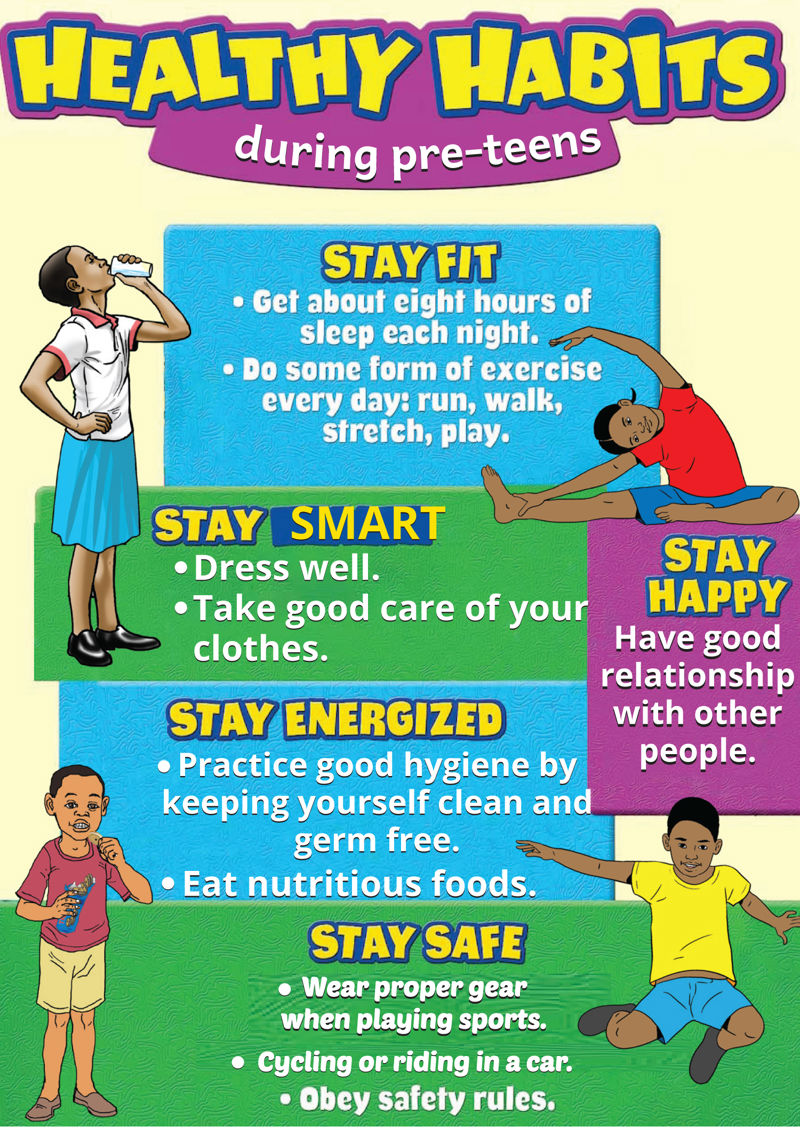
Work in groups
- Discuss the importance of each healthy habit mentioned in the poster.
- Name other healthy habits that are important for pre-teens.
Explore more
- Search the internet for more information on the importance of healthy habits for pre-teens.
Revision exercise
1. Mention three changes that take place in boys and girls during preteen.
2. List four safety measures to observe as a pre-teen.
3. Give four ways of taking care of our bodies.
4. Explain two healthy eating habits for pre-teens.
